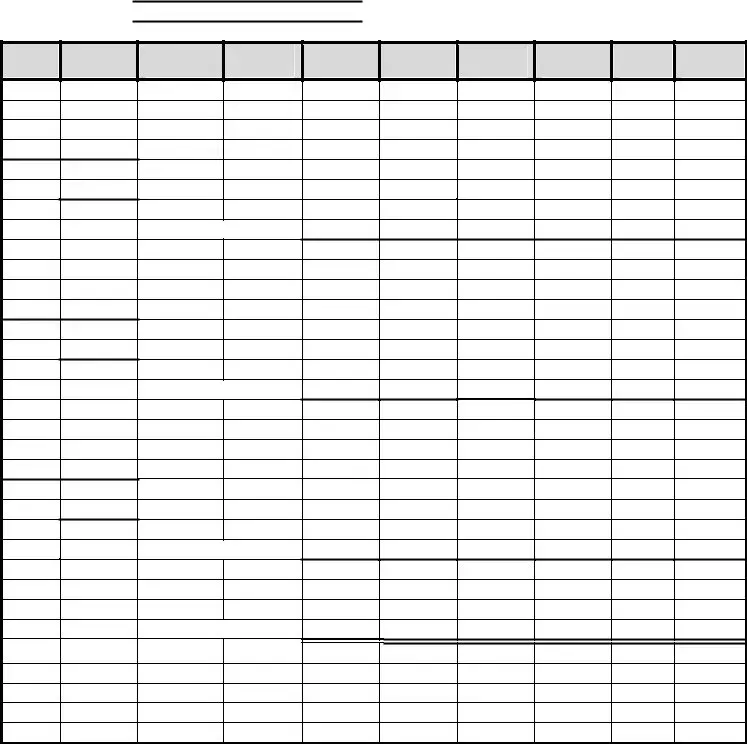What is a Trip Sheet form?
The Trip Sheet form is a document used to record various details about a trip taken by a vehicle. It captures essential information such as the vehicle's unit number, driver name, beginning and ending odometer readings, jurisdiction miles, fuel purchases, trip origins and destinations, and routes traveled. This form provides a comprehensive summary of a vehicle's usage over a specific period, helping companies track mileage and fuel expenses accurately.
Why is it important to fill out the Trip Sheet correctly?
Accurate completion of the Trip Sheet is crucial for several reasons. First, it ensures compliance with regulations, especially for commercial drivers who are subject to hours-of-service laws. Second, it helps in monitoring vehicle performance and fuel efficiency, aiding in operational efficiency and cost management. Lastly, correctly recorded mileage and expenses can be invaluable for accounting purposes, audits, and tax deductions.
What information do I need to provide on the Trip Sheet?
You will need to fill out several key pieces of information on the Trip Sheet. This includes your company name, unit number, driver name, trip dates, both the beginning and ending odometer readings, jurisdiction miles, and any fuel purchases. Additionally, you will document the trip origin, destination, and routes taken, as well as collecting monthly totals and summaries for comprehensive record-keeping.
How do I calculate jurisdiction miles on the Trip Sheet?
To calculate jurisdiction miles, you start by determining the total miles driven during the trip as noted in the odometer readings. Then, you must differentiate which of those miles occurred within specific jurisdictions. This often involves referring to state or local regulations and can vary depending on where the trip takes place. It is essential to meticulously track the mileage to ensure accurate reporting.
Can the Trip Sheet be used for personal trips?
While the Trip Sheet primarily serves for business purposes, it may be used for personal trips if you wish to track your mileage and fuel expenses. However, keep in mind that for tax deductions and business accounting, personal trips should be clearly distinguished from those made for business purposes. Mixing personal and business expenses can lead to complications during audits.
What do the monthly totals mean on the Trip Sheet?
The monthly totals section on the Trip Sheet summarizes all the mileage, fuel purchases, and other relevant data gathered throughout the month. It gives a clear picture of how much the vehicle has been used, the total miles driven, and the fuel expenses incurred. This data is vital for assessing vehicle performance and making informed decisions about maintenance and operational costs.
How often should the Trip Sheet be submitted?
Submission frequency for the Trip Sheet often depends on company policy and regulatory requirements. Many companies require daily or weekly submissions for accurate tracking and accountability. However, at the very least, it should be completed and reviewed monthly to reconcile with financial records and ensure all data is documented correctly before making any essential business decisions.


